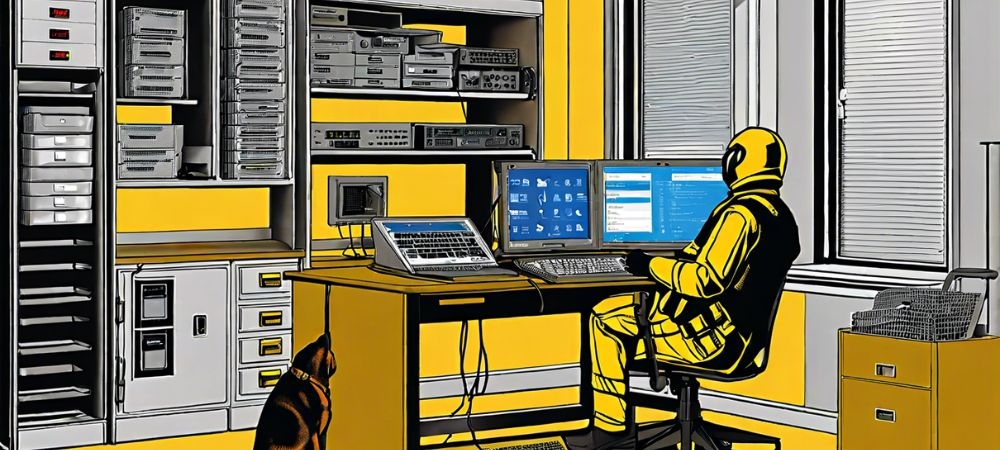

Fire codes and regulations are, without a doubt, crucial for public safety. These rules and guidelines, which may seem tedious at times, help prevent disasters that could potentially lead to loss of life and property. Now, you might think fire codes ain't really all that important or necessary-some folks do-but that's far from the truth.
First off, fire codes ensure buildings are constructed with materials resistant to fire. For instance, using non-combustible materials in construction can significantly reduce the spread of flames in case of an unfortunate incident. If builders didn't have to follow these guidelines, our homes and workplaces would be a lot more dangerous places to live and work in.
To read more see right now.
Moreover, fire codes mandate the installation of smoke detectors and sprinkler systems which are essential for early detection and suppression of fires. Imagine being asleep at night when a fire starts-without a smoke detector going off, you'd never know until it's too late! It's not just about having these devices but also ensuring they're maintained properly. Regular checks as required by fire codes make sure they're functional when needed most.
Another point worth mentioning is evacuation routes. Fire regulations require clear and accessible exit paths in buildings so people can escape quickly during emergencies. If there were no such mandates, exits might get blocked with clutter or locked up entirely making it impossible for anyone to get out safely.
But hey, let's not forget about compliance inspections either! Authorities conduct regular inspections to ensure adherence to these codes. It's easy to think they're just being nitpicky but their job isn't just paperwork; they're saving lives by making sure everything's up to code.
Of course, some argue that strict regulations add unnecessary costs on businesses or homeowners but think about this: what's more costly? Following the rules now or facing devastating consequences later? Those who cut corners might save some money upfront but risk paying dearly in the long run.
In conclusion (though I dislike sounding too formal), we cannot downplay the importance of fire codes for public safety. They're not just bureaucratic red tape-they're lifesavers! Ensuring proper building materials are used, installing functional detectors and sprinklers, having clear evacuation routes-all these measures collectively protect us from potential catastrophes. So next time you feel frustrated by stringent regulations remember this-they're there because someone somewhere learned hard lessons through painful experiences so we don't have to repeat them ourselves.
Fire safety regulations might seem a bit complex, but understanding their key components isn't as daunting as it seems. These regulations are designed to ensure the prevention and control of fires in buildings and other facilities, aiming to protect both lives and property. Let's delve into some of these crucial aspects without getting too technical.
First off, one can't ignore fire detection systems. They're pretty much the first line of defense in any building. Smoke detectors, heat sensors, and alarm systems need to be installed correctly and regularly maintained. If they're not working properly, oh boy, you're in trouble. It's not just about installation; regular checks and maintenance are non-negotiable.
Now let's talk about fire suppression systems-think sprinklers and extinguishers. Those things ain't just for show! Sprinkler systems must cover all areas effectively, ensuring quick action when a fire breaks out. Fire extinguishers should be easily accessible and people should know how to use 'em. Training is essential here.
Another critical component is means of egress, which basically means ways to get out safely during a fire emergency. Buildings must have clearly marked exits that are unobstructed at all times. You wouldn't want people scrambling around in chaos trying to find an exit sign that's hidden behind some potted plant or piece of furniture.
Fire-resistant construction materials also play a big part in fire safety regulations. It's not just about having strong walls; it's about using materials that can withstand high temperatures for longer periods, slowing down the spread of flames.
Oh, don't forget emergency lighting! In case of power failure during a fire (which happens more often than you'd think), emergency lights guide everyone to safety without causing panic or confusion.
And there's always something we overlook-communication plans! Yes siree, effective communication is vital during an emergency situation. Everyone needs to know who's responsible for what and how they'll communicate any changes or updates rapidly.
Lastly but by no means leastly (if that's even a word), regular drills and training sessions cannot be emphasized enough. Practicing evacuation procedures ensures everyone knows exactly what they gotta do when disaster strikes-not if-but when!
In conclusion folks, ignoring these key components puts lives at risk-a risk that nobody should take lightly! So let's make sure we're not cutting corners when it comes to fire safety regulations because honestly? Lives depend on it
Fire extinguishers, if used correctly, can enhance the opportunity of stopping a workplace fire early by over 80%.
Seat belts minimize the threat of fatality for front-seat passengers in guest automobiles by 45%, and by as much as 60% in vans and SUVs.
Proper handwashing can reduce diarrhea-related illness by as much as 40%, showing its effectiveness in protecting against foodborne diseases.
Every buck bought catastrophe preparedness conserves regarding 7 dollars in calamity aftermath recuperation, revealing the financial advantage of emergency situation preparedness.
Community policing has always been a hot topic when it comes to enhancing public safety.. It's about building trust and cooperation between the police force and the communities they serve.
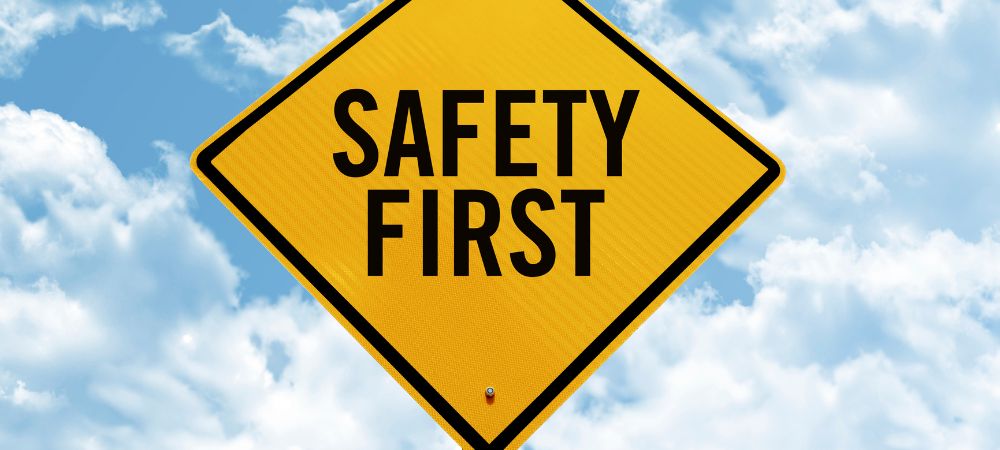
Posted by on 2024-07-06
Emergency response times are critical for public safety outcomes, and improving them can have a significant impact on the well-being of communities.. It's not an exaggeration to say that every second counts during emergencies.

Posted by on 2024-07-06
In today's digital age, promoting public awareness and education on cyber hygiene practices is more crucial than ever.. Cybersecurity measures play a vital role in ensuring public safety, yet many folks don't realize just how important they are until it's too late.

Posted by on 2024-07-06
In today’s fast-paced world, safeguarding your community isn't just a necessity; it’s an art.. Many communities have thrived by following some essential steps that might not be immediately apparent to everyone.
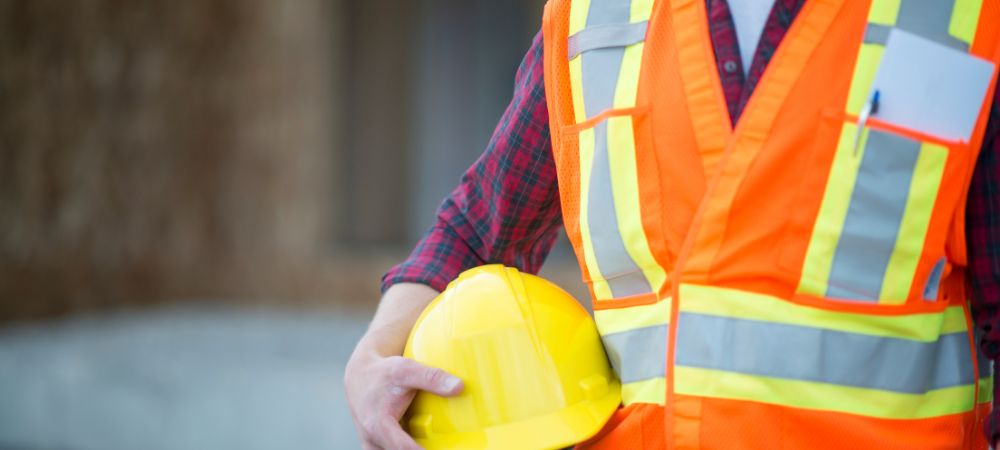
Posted by on 2024-07-06
When we talk about transforming public safety, particularly in our neighborhoods, one of the most effective strategies is fostering youth engagement programs.. It ain't just about keeping kids off the streets; it's about giving them positive outlets that can actually change their lives and reduce juvenile delinquency.
You see, young people need direction.

Posted by on 2024-07-06
When we talk about the roles and responsibilities of regulatory authorities in relation to fire codes and regulations, it's a topic that's as important as it is complex. These folks aren't just sitting around making rules for the fun of it; they're out there working to keep us safe from potential fire hazards that could be lurking anywhere-homes, offices, schools-you name it.
First off, regulatory authorities have got to create the fire codes themselves. This ain't no easy task. They've gotta consider all sorts of factors like building materials, structural designs, and even the types of activities that will occur in a given space. Can you imagine if they didn't? We'd be facing chaos! It's not just about slapping some rules together; these codes are developed through meticulous research and often involve input from various experts including engineers, architects, and firefighters.
Next up's enforcement. Creating these fire codes is one thing but making sure everyone follows them? That's an entirely different ball game. Regulatory authorities conduct inspections regularly to ensure compliance with established standards. They're not doing this to make our lives difficult or anything; rather, they're trying to prevent disasters before they even happen. Think about it - would you want your kids going to a school that hasn't been inspected for fire safety?
And let's not forget education! Oh boy, this one's crucial yet often overlooked. Regulatory bodies have got to educate both the public and professionals about these fire safety standards. If people don't know what's required of them, how can they possibly comply? Workshops, training sessions, informative pamphlets – all these tools play a role in spreading awareness.
Another key responsibility lies in updating existing codes and regulations based on new findings or technological advancements. Fire safety isn't static; what was effective ten years ago might not cut it today. So yeah, those regulatory authorities need to stay ahead of the curve by revising regulations periodically.
Finally-and here's where things get really tricky-there's crisis management when something does go wrong despite all precautions taken. Regulatory authorities have protocols in place for emergency response coordination which involves multiple agencies working together seamlessly during incidents.
In conclusion (phew!), while we may grumble sometimes about having so many rules and inspections related to fire safety – let's face it – without these hardworking regulatory authorities playing their part diligently we'd all be at much greater risk than we are now!
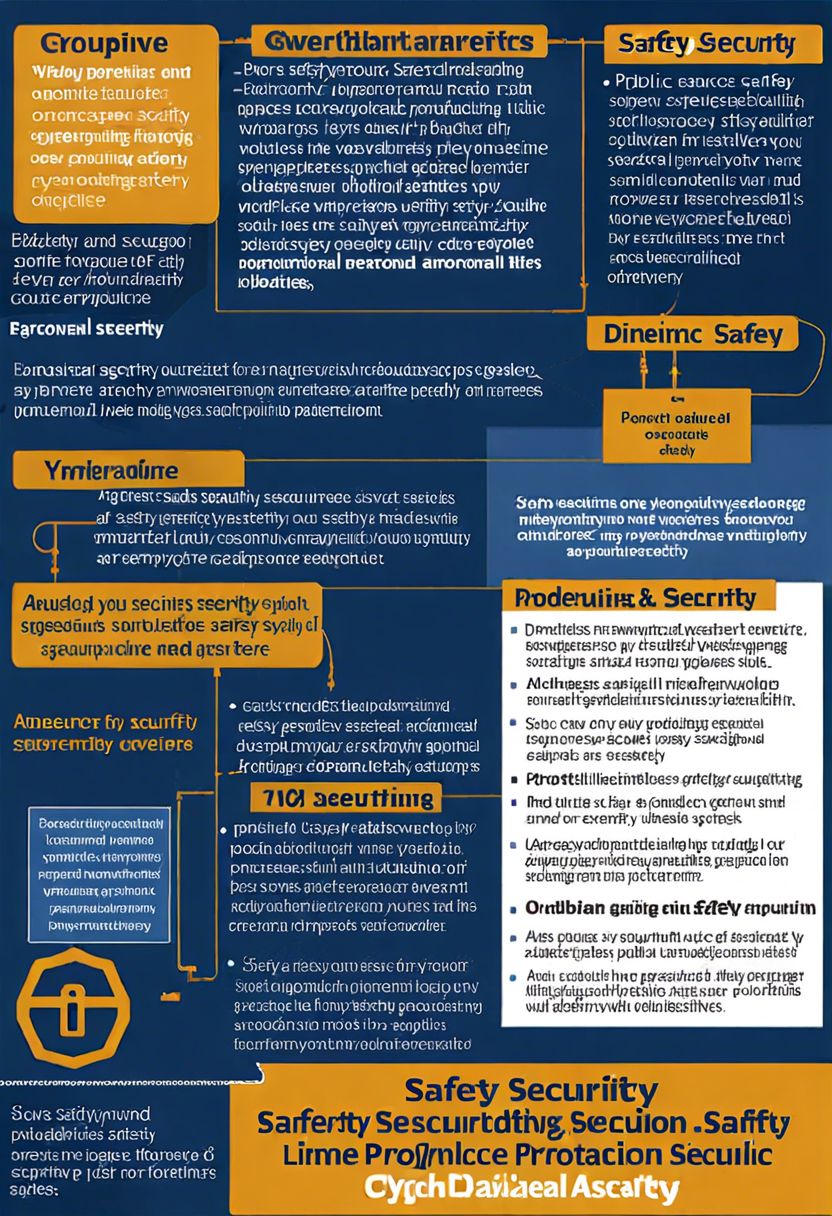
The impact of non-compliance on public health and safety when it comes to fire codes and regulations can't be overstated. It's kinda crazy how some folks might think these rules are just bureaucratic red tape, but they're really there to save lives. When businesses or individuals ignore 'em, the consequences can be pretty severe.
Firstly, let's talk about the immediate dangers. If a building isn't up to code, it's not going to have the proper exits or maybe even working smoke detectors. Imagine a fire breaking out in such a place; people could get trapped or seriously hurt because they couldn't find their way out quickly enough. Fire spreads fast-faster than you'd think-and every second counts. So yeah, neglecting these safety measures ain't just risky; it's downright dangerous.
Then there's the issue of firefighting efforts being hampered by non-compliance. Firefighters rely on certain standards being met so they can do their jobs efficiently and safely. If a building doesn't have clear pathways or if hazardous materials aren't stored correctly, it puts those brave folks at greater risk too. And that's just unfair-they're already risking their lives as it is!
Moreover, non-compliance affects more than just the immediate area where a fire might break out-it impacts the whole community's health and safety. Fires can spread from one building to another, especially in densely populated areas. A single act of negligence can endanger hundreds of people who had nothing to do with that initial lapse in judgment.
Plus, there's long-term damage to consider too! Fires release all kinds of harmful substances into the air-things like carbon monoxide and other toxic chemicals-that can cause serious health problems for anyone nearby. This isn't something that goes away overnight either; lingering pollutants can affect respiratory health for weeks or even months after the fact.
Lastly, let's not forget about economic implications which indirectly affect public well-being too. Rebuilding costs money and resources that could've been used elsewhere-in schools, hospitals-you name it! Businesses may shut down temporarily or permanently due to extensive damages caused by fires that could've been prevented through simple compliance with existing regulations.
In conclusion (not repeating myself!), ignoring fire codes isn't just irresponsible; it's potentially catastrophic for everyone involved-from those directly affected by fires themselves right down to entire communities suffering secondary effects like pollution and resource diversion afterward. So next time someone shrugs off these "annoying" rules? Maybe remind 'em why they exist in first place-to keep us all safe!
Fire codes and regulations ain't just a bunch of rules scribbled on paper; they're life-saving guidelines that ensure our safety. Implementing them effectively is crucial, and there are some shining examples out there that highlight what can be achieved when we get it right. Let's dive into a few case studies that showcase the importance of proper fire code enforcement.
First up, we have New York City-a place where skyscrapers touch the clouds and people live in close quarters. NYC's strict adherence to fire codes has been instrumental in reducing fire-related incidents over the years. It wasn't always like this, though. Remember the tragic Triangle Shirtwaist Factory fire back in 1911? That disaster led to major reforms and more stringent enforcement of fire codes. The city didn't just sit around waiting for another catastrophe; they acted promptly, implementing automatic sprinkler systems in high-rise buildings and ensuring regular inspections were conducted.
Another interesting case is from Australia, particularly after the devastating Black Saturday bushfires in 2009. The fires weren't your garden variety blazes-they were lethal, destroying lives and property. But instead of shrugging it off as an act of nature, Australian authorities took significant steps to improve building regulations and land management practices. They introduced new standards for building materials used in bushfire-prone areas, requiring homes to be constructed with non-combustible materials. It's clear that such proactive measures made communities safer.
Let's not forget about Japan, a country that's prone to natural disasters including earthquakes which often lead to fires. Their approach combines technology with rigorous enforcement-like their use of seismic sensors linked directly to emergency response services and robust public education campaigns about fire safety protocols during emergencies. Japan hasn't had any major urban fires recently because they don't take chances with half-hearted implementations.
Oh! And how could we overlook California? Wildfires are almost an annual event there but thanks to constant updates on their fire codes focusing on vegetation management around properties (known as defensible space), building resilient structures, plus community preparedness programs-they've managed to mitigate potential damage significantly.
So yeah-it's evident these case studies show how effective implementation of fire codes can make all the difference between chaos & safety! Governments shouldn't underestimate or neglect these regulations because when enforced properly-they save lives!
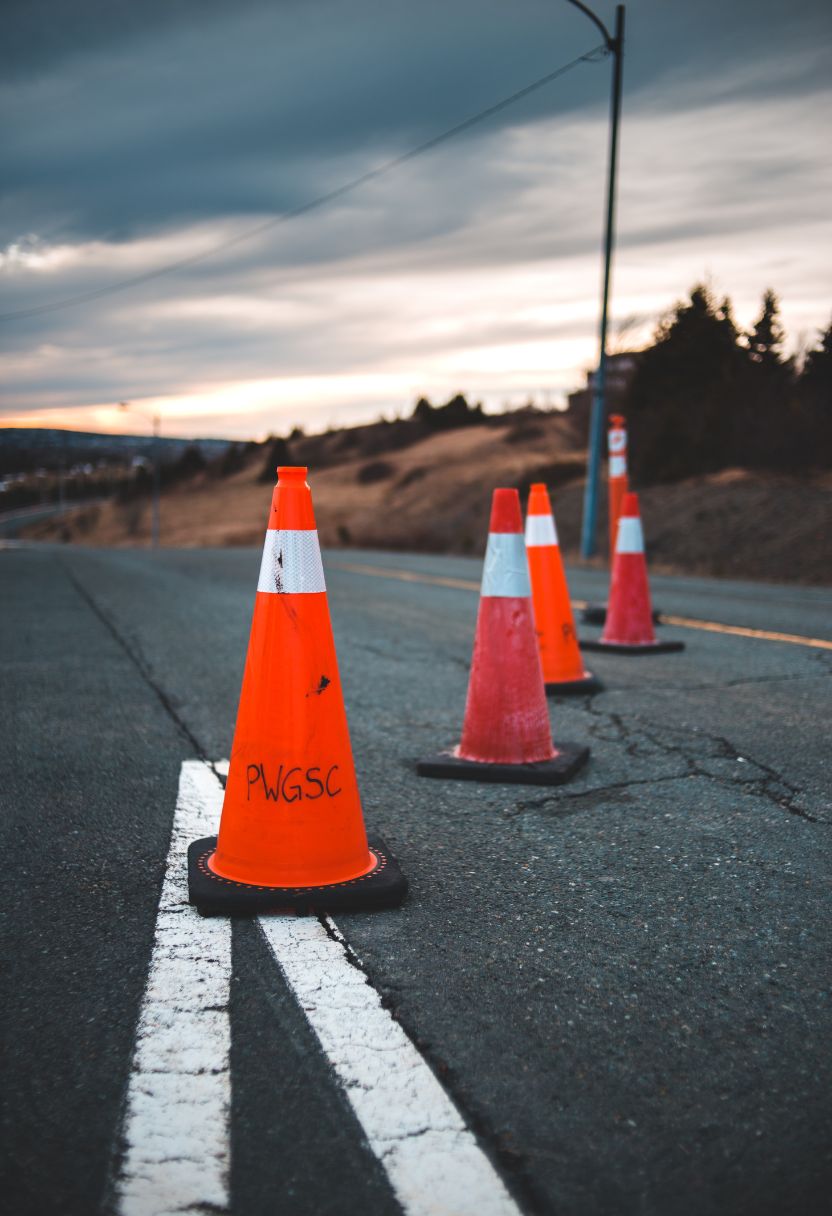
Technological Innovations in Fire Prevention and Safety
Fire codes and regulations, wow, they sure have come a long way, haven't they? They're not just some boring rules written on paper anymore. These days, technological innovations are playing a huge role in fire prevention and safety. But hey, let's be real – there's no perfect system out there.
First off, we've got these fancy smoke detectors that aren't just detecting smoke anymore. They're smart! They can tell the difference between your burnt toast (oops!) and an actual dangerous fire. How cool is that? And they're connected to your phone too! You get alerts if something's up even when you're miles away from home. However, don't think they're flawless though; sometimes they go off for no reason at all.
And then there's those sprinkler systems which have been around for ages but now they're like super advanced. Modern sprinklers are designed to only activate where the fire is actually present instead of drenching everything. That's right! No more worrying about water damage in the whole building because one little area caught on fire.
But wait – it gets better! Have you heard about drones being used in firefighting? It sounds like stuff straight outta sci-fi movies but it's real life now. They can fly into places humans can't reach safely, capturing real-time data so firefighters know exactly what they're dealing with before rushing in blindly.
However, let's not fool ourselves into thinking technology alone will solve all our problems with fires. People still need to follow basic safety rules and adhere to those good ol' fire codes and regulations we've had forever. If folks keep ignoring them or cutting corners here n' there – well, no amount of tech is gonna save the day.
Another neat innovation is using AI for predicting fire risks based on environmental conditions like weather patterns or vegetation dryness levels-seriously nifty stuff! But again, while algorithms are getting pretty sharp these days-they're not error-proof either!
On top of that we've got these amazing materials being developed that are resistant to flames – I mean talk about groundbreaking! Buildings nowadays might use these materials making them less likely to catch fire in first place which feels almost futuristic doesn't it?
So yeah - all this tech certainly makes us safer but let's not pretend we're invincible now okay? At end of day human vigilance matters just as much if not more than ever before despite all shiny new gadgets helping us out along way.
In conclusion ,technological innovations indeed revolutionized how we approach fire prevention & safety making things smarter & efficient yet its crucial remembering basics shouldn't be overlooked nor underestimated .
When we think about future trends in fire code development, it's not just about stricter regulations or more rules. It's actually a lot more interesting than that! Fire codes have come a long way, but they're far from perfect. And let's be honest, who really likes dealing with endless paperwork and complicated guidelines? No one!
First off, technology is changing everything. Smart buildings are becoming a thing-yep, buildings that can think for themselves. They're equipped with sensors that can detect smoke, heat, and even the slightest sign of a fire before it gets outta hand. These systems can automatically alert fire departments and even guide people to the nearest exits. So you won't need to worry as much about human error during an emergency.
Another trend that's catching on is using data analytics to predict where fires are most likely to occur. Imagine being able to prevent a fire before it even starts! By analyzing past incidents and current conditions, authorities could identify hotspots and take preemptive measures. It's not foolproof, but hey, it's better than doing nothing.
Sustainability is also making its mark on fire codes. With climate change becoming an ever-pressing issue (ugh), there's been increased focus on reducing the environmental impact of building materials and firefighting methods. Green construction practices will likely become integrated into existing codes to ensure buildings are both safe from fires and eco-friendly.
Now let's talk about inclusivity-an area often overlooked in traditional fire safety measures. Future codes will probably pay more attention to making sure everyone can evacuate safely, including individuals with disabilities or those who don't speak the local language fluently. More multilingual signage and improved accessibility features like ramps and audible alarms could make a big difference.
However, all these advancements won't mean anything if they're too difficult for people to follow or enforce. Simplification might seem counterintuitive when talking about complex systems like fire safety but it's crucial if we want compliance rates to go up rather than down.
Lastly-and this might sound kinda out there-but community involvement is gonna be key too! Local communities understanding their own risks better means they can tailor solutions more effectively than some one-size-fits-all regulation coming from miles away.
So yeah, while future trends in fire code development do involve new techs and innovations galore-they also hinge on making things simpler yet comprehensive enough so they'll actually get used! Isn't that something worth aiming for?
